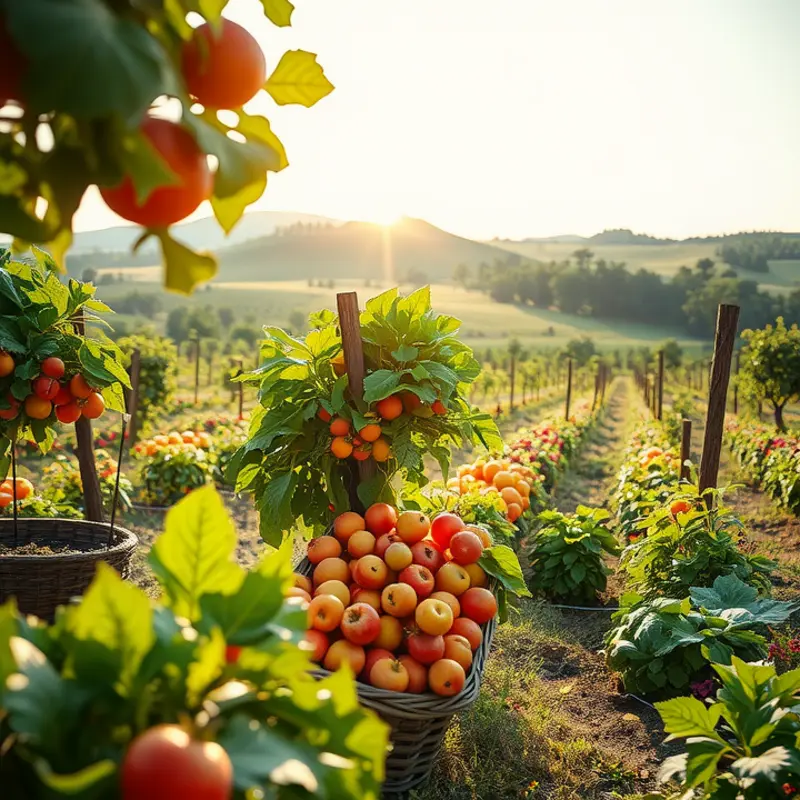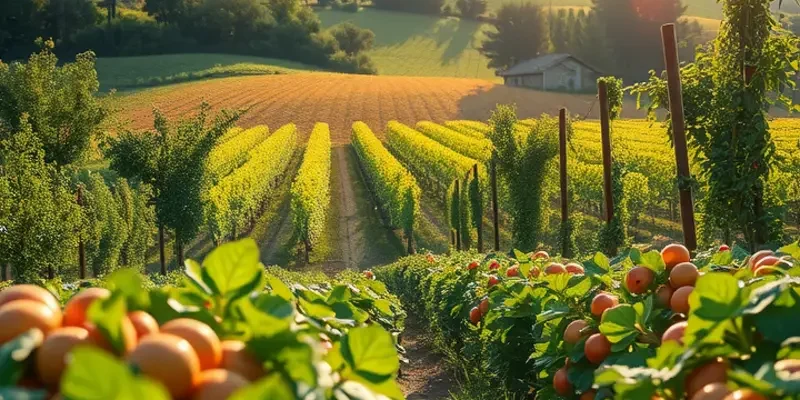Food is a vital part of cultural identity, and for tribal communities around the globe, preparation methods are deeply rooted in tradition. These culinary practices are not just about nourishment; they reflect the symbiotic relationship between people, nature, and heritage. Through unique techniques that have been passed down through generations, these communities offer a tantalizing glimpse into a world where sustenance is intertwined with spirituality, community, and the land. Discover how age-old methods of food preparation resonate in today’s culinary landscape.
Harvesting Nature: Ingredients Untamed

Across the globe, tribal communities draw deeply from the natural landscapes they inhabit to source their culinary ingredients. This intimate connection with the land allows them access to a vibrant palette of flavors, textures, and nutritional benefits that are nurtured by the ecosystem itself.
Wild foraging serves as a cornerstone of ingredient sourcing in many tribal societies. This practice involves collecting food directly from untamed environments, such as forests, mountains, rivers, and coastlines. Through generations, tribes have honed their skills in identifying edible plants, mushrooms, and fungi, and they have developed knowledge of local wildlife. Foraging is more than a means of sustenance; it is an embodiment of respect for the earth’s gifts, with each collected item accompanied by rituals of gratitude.
The practice of foraging is closely linked to seasonal cycles. Tribal communities possess an acute awareness of when specific plants and animals are at their peak, ensuring harvests are both fruitful and sustainable. For instance, the availability of berries, nuts, and seeds often marks key seasons in tribal calendars, dictating rituals and communal gatherings focused on collection and preservation. These seasonal traditions foster a culinary rhythm that aligns human activity with the natural ebb and flow of their environment.
Sustainability is inherent in the way these communities interact with nature. Tribes understand the necessity of protecting their natural resources to ensure they remain abundant for future generations. They employ techniques such as selective harvesting and rotational foraging grounds to minimize environmental impact. This philosophy underscores a deep respect for the land—a symbiosis that modern sustainable and eco-friendly eating practices could draw inspiration from, as discussed in articles like Eco-Smart Kitchen Storage.
The environment’s direct influence on the tribe’s diet creates a unique culinary identity. Each region’s climate and geography dictate the types of ingredients available, leading to an incredible diversity of flavors and textures native to these areas. Coastal tribes might develop dishes rich in seafood and sea vegetables, while those in forested regions craft recipes from an abundance of game, berries, and leafy greens.
This intrinsic link between environment and cuisine manifests in cooking methods as well. Techniques are developed not only to suit the ingredients but also to enhance their natural qualities. Smoking, drying, fermenting, and steaming are employed widely, each method finding its roots in the culture’s storied interaction with nature.
In understanding how tribal communities harvest and utilize nature’s bounty, we gain insights into a profound culinary tradition built on a respectful and sustainable relationship with the land. These practices showcase an enduring legacy, offering a model of harmony between people and their environment, one that remains vital in teaching modern societies about the art of coexistence with the natural world.
Final words
The culinary traditions of tribal communities around the world are rich tapestries woven from nature, culture, and community. Their food preparation practices reveal a profound respect for the environment, emphasizing sustainability and the importance of sharing and celebrating food as a communal experience. As food enthusiasts and culturally-curious readers, immersing ourselves in these unique culinary worlds not only broadens our palates but deepens our understanding of global cultures. Embracing these practices can teach valuable lessons about connection, respect, and the essential role food plays in sustaining our communities and traditions.








